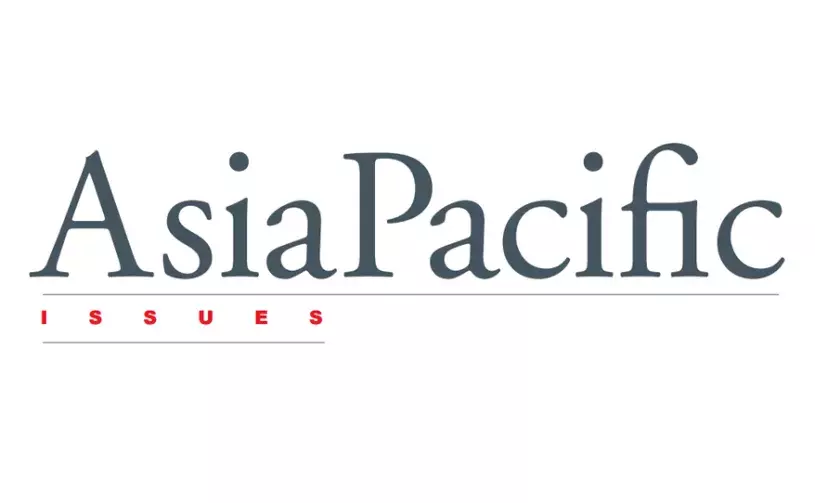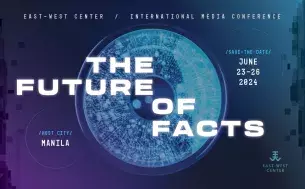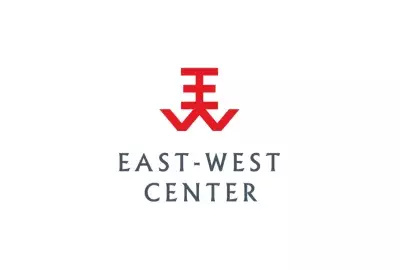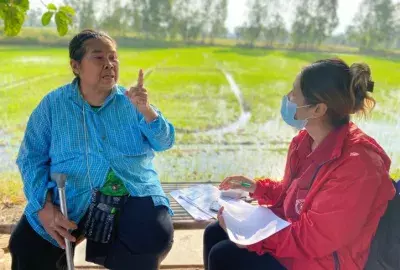Error message

East Asian trade agreements are often described as a complicated "noodle bowl," which shows links in the region as a snarled, overlapping and intertwined mass. But this is a misleading representation--Asia's regional agreements may in fact be creating an order of a different sort, building the foundations for a stronger regional trading system. Asian trade arrangements can be more constructively seen in terms of a trade agreements matrix, in which multiple negotiations produce an orderly progression of agreements to liberalize all potential bilateral relationships and move the region toward a coherent system of freer trade. The various approaches to deeper economic integration--regional arrangements, trans-Pacific agreements, and global engagement--are complementary paths that should eventually lead to an open global trading system. East Asia is of growing importance in the global marketplace, and adopting an aggressive multitrack strategy--as the region appears to be doing--may be the fastest route toward a new global framework.
The views expressed in this publication are those of the author and not necessarily those of the Center.
East Asian trade agreements are often described as a complicated "noodle bowl," which shows links in the region as a snarled, overlapping and intertwined mass. But this is a misleading representation--Asia's regional agreements may in fact be creating an order of a different sort, building the foundations for a stronger regional trading system. Asian trade arrangements can be more constructively seen in terms of a trade agreements matrix, in which multiple negotiations produce an orderly progression of agreements to liberalize all potential bilateral relationships and move the region toward a coherent system of freer trade. The various approaches to deeper economic integration--regional arrangements, trans-Pacific agreements, and global engagement--are complementary paths that should eventually lead to an open global trading system. East Asia is of growing importance in the global marketplace, and adopting an aggressive multitrack strategy--as the region appears to be doing--may be the fastest route toward a new global framework.
The views expressed in this publication are those of the author and not necessarily those of the Center.






